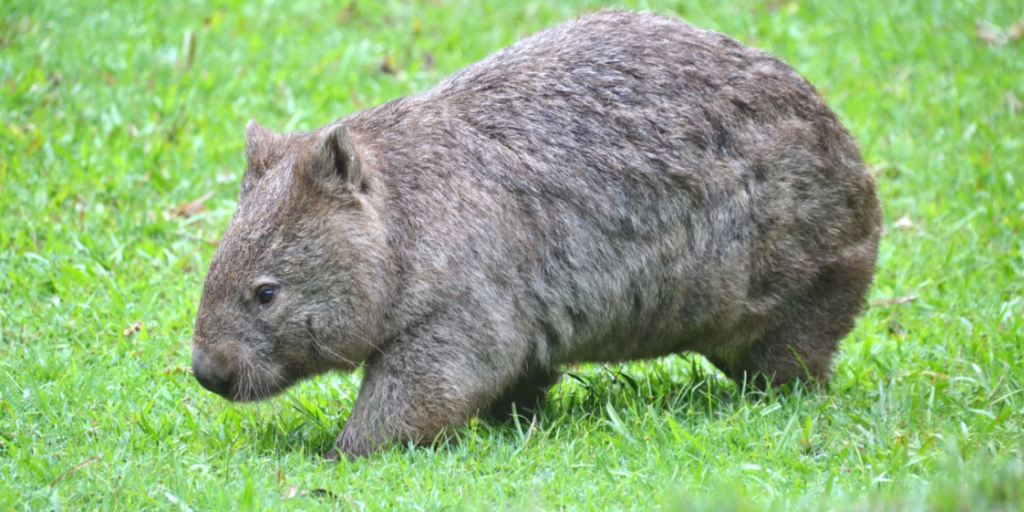They’re cute, they’re stocky, and they’re absolutely unique!
Others are reading now
On October 22nd, we celebrate the wombat — a short-legged, burrowing furball that’s indigenous to Australia.
International Wombat Day has been around since 2005 and was started by a man named Chris Mabe. The other well-known Australian furball, the koala, already had a day of its own, and Mabe thought that wombats deserved the same celebration.
There are many ways to mark International Wombat Day — from wearing wombat-themed clothing, visiting zoos to see the marsupial, or even making wombat-shaped food.
But how about impressing your friends and colleagues with some fun facts about this furry creature while learning something yourself?
Have a look at these five fun facts about wombats — and prepare to be amazed!
Also read
Their poo is square
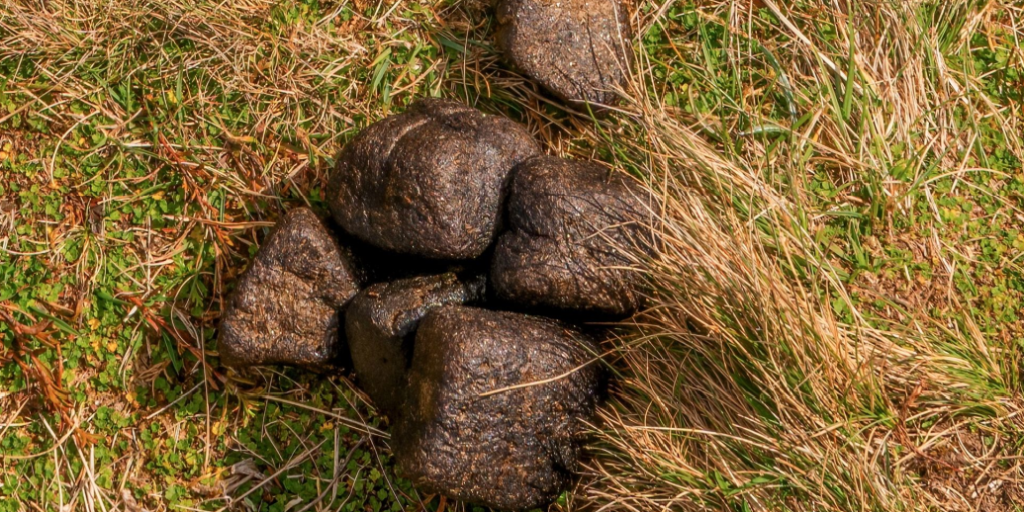
No, that’s not a typo — wombat poo is indeed cube-shaped!
It might seem strange, but scientists believe that the square excrement actually helps wombats mark their territory, as the shape prevents the poo from rolling away.
They’re “reversed kangaroos”
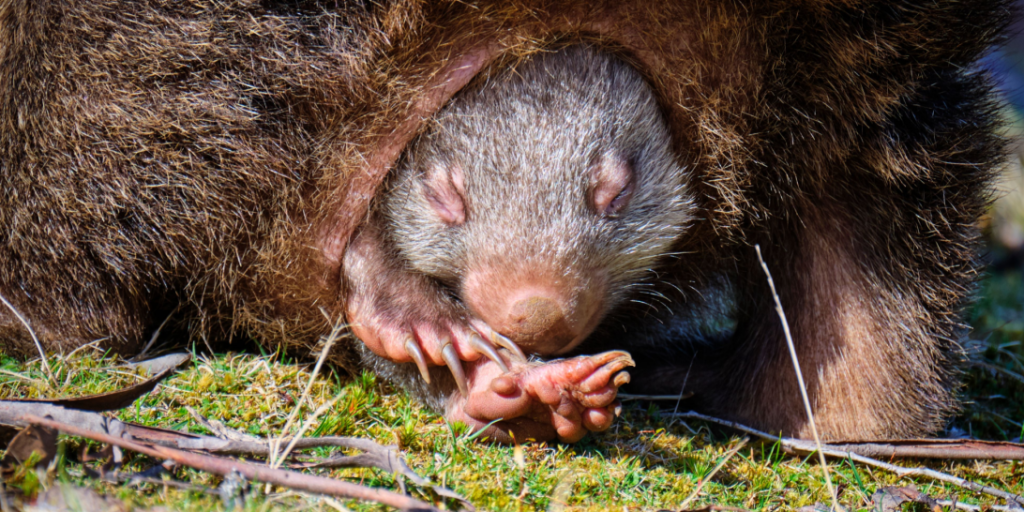
We all know that kangaroos have a pouch on the front, used to protect and carry their young.
Wombats actually have a similar pouch, but it’s reversed, meaning the offspring peek out between their mother’s rear legs.
The theory is that the reversed pouch prevents it from filling with dirt and gravel from the ground, as wombats walk on all fours and often brush their bellies against the soil.
Also read
Their teeth keep growing
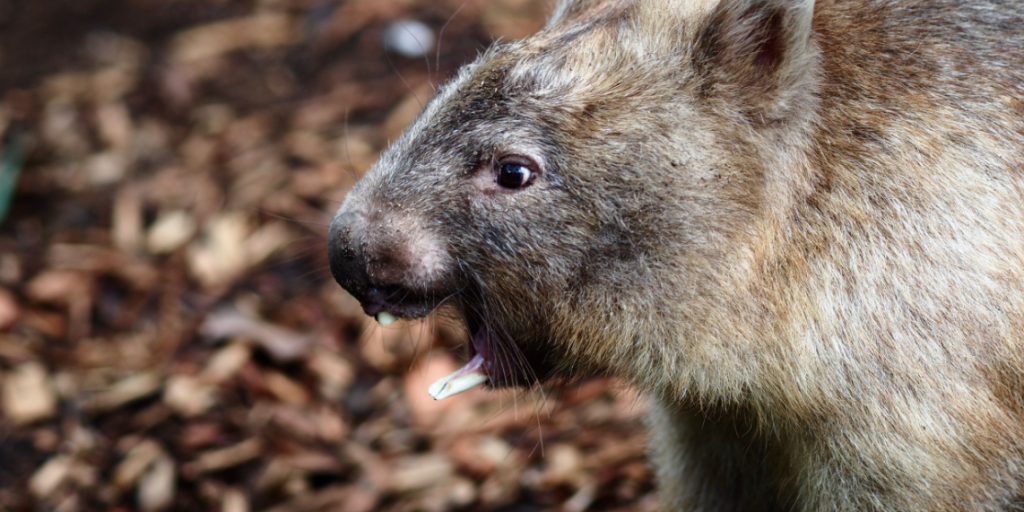
For many species, teeth stop growing as they age — but that’s not the case with wombats. In fact, their teeth continue to grow throughout their entire lives.
This ensures that wombats don’t wear down their teeth when chewing tough vegetation.
They take up to two weeks to digest a meal
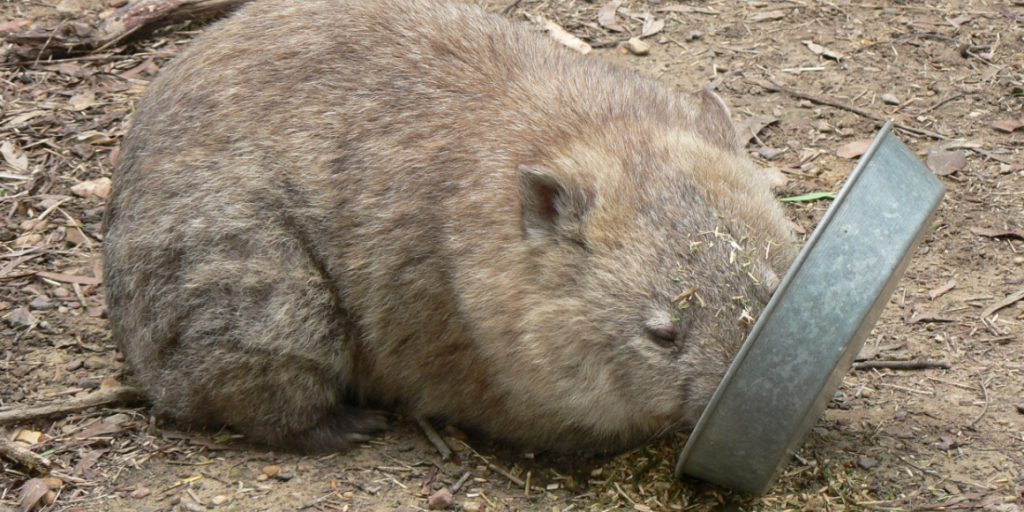
With Christmas coming up, we’re all getting ready for the traditional food coma — that post-feast moment when you just have to lie on the couch.
Now imagine staying there for two weeks.
Wombats have an incredibly slow metabolism, and it takes them between eight and fourteen days to fully digest a meal. This helps them survive in dry environments with limited food sources.
Also read
They can challenge Usain Bolt for speed
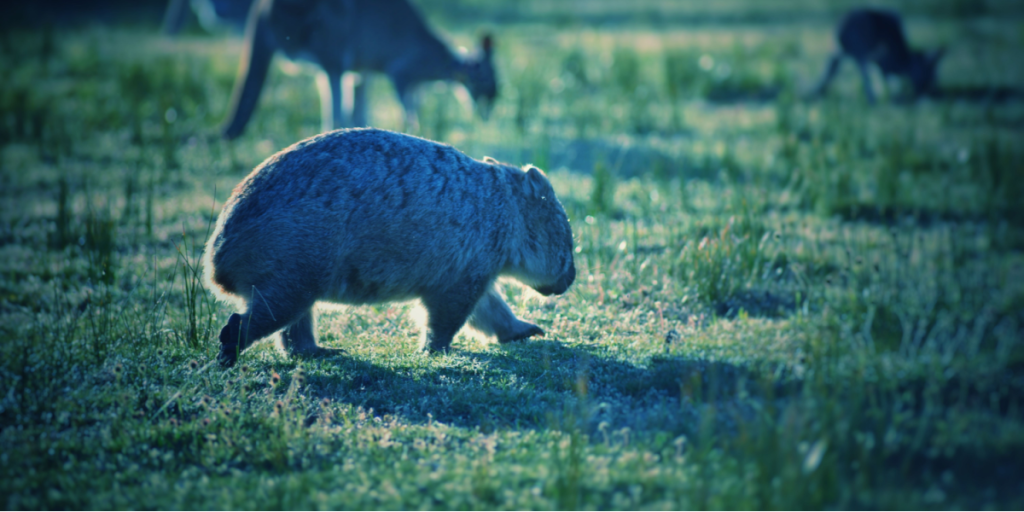
Being short-legged and stocky, it’s hard to imagine a wombat as a natural sprinter — but there’s a good chance they could outrun you.
Wombats can reach speeds of up to 40 kilometres per hour (24.8 miles per hour) and can maintain that pace for up to 150 metres when escaping danger.

